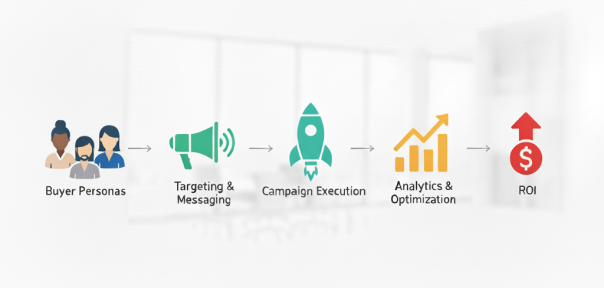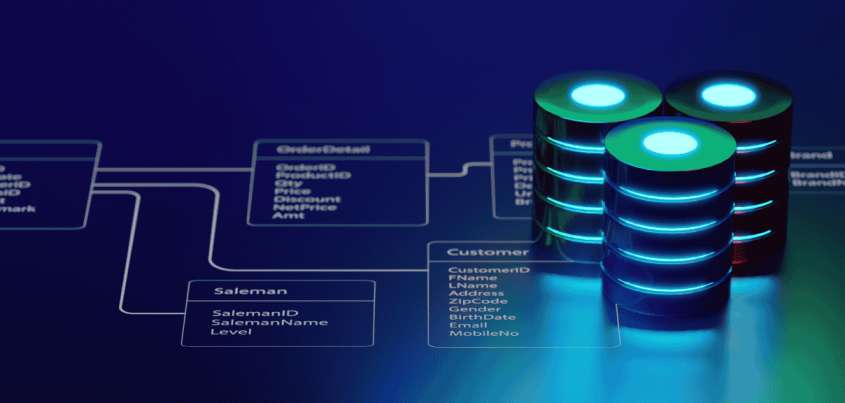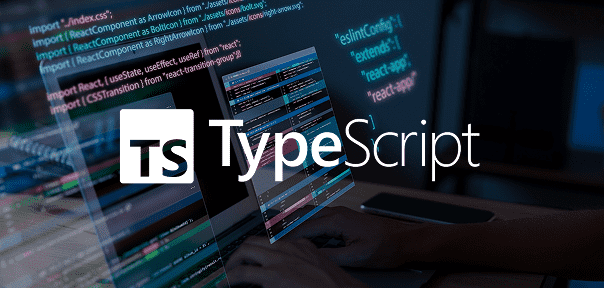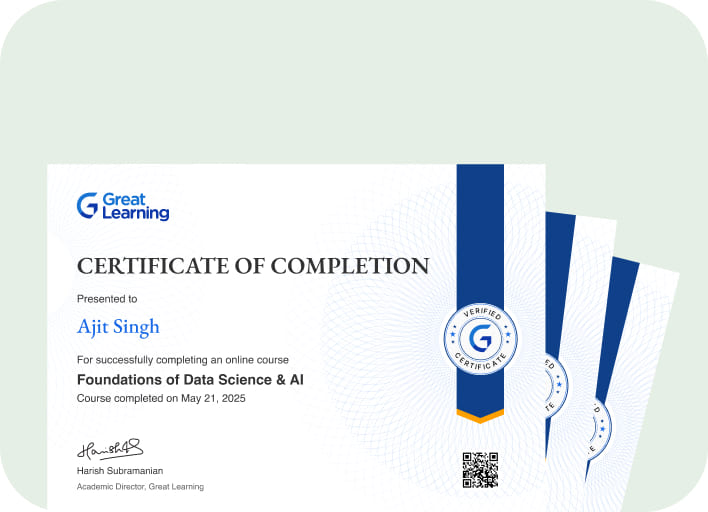Earn a certificate & get recognized
Basics of Credit Analysis in Banking
Ready to master the art of credit analysis in banking? Enrol now and gain the knowledge and skills to excel in financial analysis and lending decisions. Don't miss this opportunity!
Basics of Credit Analysis in Banking
5.9K+ learners enrolled so far
Stand out with an industry-recognized certificate
10,000+ certificates claimed, get yours today!
Get noticed by top recruiters
Share on professional channels
Globally recognised
Land your dream job

Skills you will gain
Investment diversification
ROI
creditworthiness
credit report analysis
financial statement analysis
balance sheet and income statement evaluation
cash flow analysis
credit risk assessment
collateral evaluation
mortgage and risk management
+5 More
Key Highlights
Get free course content
Master in-demand skills & tools
Test your skills with quizzes
About this course
This free course, Credit Analysis in Banking, delves into the intricate world of financial analysis within the banking sector. It begins with an introduction to investing, setting the stage for a comprehensive understanding of credit analysis. From dissecting financial statements to assessing credit risk and evaluating collateral, you'll develop the expertise necessary for making informed lending decisions.
Whether you're an aspiring banking professional or seeking to enhance your financial analysis skills, this course offers a valuable opportunity to hone your expertise in evaluating creditworthiness and managing risk effectively. Join us and take the first step towards a successful career in banking and finance. Enroll today to unlock your potential in this dynamic and essential field.
Course outline
Introduction to Credit Analysis in Banking
In this module, you will learn a comprehensive overview of the principles of credit analysis, a fundamental skill in the banking industry to evaluate borrowers' creditworthiness and make informed lending decisions.
Financial Statements Analysis
In this module, you will learn the concept of financial statements, performa of financial statements, enabling effective decision-making and financial health assessment for businesses and investments.
Credit Risk Assessment
In this module, you will learn the techniques and methods for evaluating credit risk, ensuring responsible lending and risk management in the banking sector.
Collateral Evaluation
In this module you, will learn the assessment of collateral assets, a critical aspect of risk management in banking, and securing loans, providing a solid foundation for managing credit risk.
Get access to the complete curriculum once you enroll in the course
Stand out with an industry-recognized certificate
10,000+ certificates claimed, get yours today!
Get noticed by top recruiters
Share on professional channels
Globally recognised
Land your dream job

Basics of Credit Analysis in Banking

1.5 Hours
Beginner
5.9K+ learners enrolled so far
Get free course content
Master in-demand skills & tools
Test your skills with quizzes
Refer and earn
Get learning discounts up to ₹2,000
Learner reviews of the Free Courses

5.0

5.0

5.0

5.0
5.0
Frequently Asked Questions
Will I receive a certificate upon completing this free course?
Is this course free?
Who is eligible to enroll in this course?
This course is open to individuals with a basic understanding of banking and finance. It's suitable for students, professionals, and anyone interested in credit analysis.
Is there any cost associated with this course?
No, this course is completely free. There are no registration fees or hidden charges.
What is the course duration, and can I study at my own pace?
You can study at your own pace. There are no strict deadlines.
Will I receive a certificate upon completion, and is it recognized in the banking industry?
Yes, you will receive a certificate upon successful completion of the course.
Are there any prerequisites or required materials for the course?
There are no strict prerequisites, but having a basic understanding of finance and banking can be helpful.
Become a Skilled Professional with Pro Courses
Gain work-ready skills with guided projects, top faculty and AI tools, all at an affordable price.

View Course

Included with Pro+ Subscription


View Course

Included with Pro+ Subscription
.jpg)
View Course

Included with Pro+ Subscription


View Course

Included with Pro+ Subscription

View Course

Included with Pro+ Subscription

View Course

Included with Pro+ Subscription
 (1).jpg)
View Course

Included with Pro+ Subscription

View Course

Included with Pro+ Subscription




View Course

Included with Pro+ Subscription

View Course

Included with Pro+ Subscription

View Course

Included with Pro+ Subscription
.jpg)
View Course

Included with Pro+ Subscription

View Course

Included with Pro+ Subscription

View Course

Included with Pro+ Subscription


View Course

Included with Pro+ Subscription


View Course

Included with Pro+ Subscription


View Course

Included with Pro+ Subscription


View Course

Included with Pro+ Subscription


View Course

Included with Pro+ Subscription


.png)
View Course

Included with Pro+ Subscription

View Course

Included with Pro+ Subscription

View Course

Included with Pro+ Subscription

View Course

Included with Pro+ Subscription
.jpg)
View Course

Included with Pro+ Subscription
.jpeg)
View Course

Included with Pro+ Subscription

View Course

Included with Pro+ Subscription

View Course

Included with Pro+ Subscription
.png)
View Course

Included with Pro+ Subscription


View Course

Included with Pro+ Subscription


View Course

Included with Pro+ Subscription


View Course

Included with Pro+ Subscription
.png)
View Course

Included with Pro+ Subscription



.jpg)

.jpg)

.png)

View Course

Included with Pro+ Subscription

View Course

Included with Pro+ Subscription

View Course

Included with Pro+ Subscription
.png)
View Course

Included with Pro+ Subscription
.png)
View Course

Included with Pro+ Subscription
.png)
View Course

Included with Pro+ Subscription

View Course

Included with Pro+ Subscription

View Course

Included with Pro+ Subscription

View Course

Included with Pro+ Subscription

View Course

Included with Pro+ Subscription

View Course

Included with Pro+ Subscription
.png)
View Course

Included with Pro+ Subscription
.jpg)
View Course

Included with Pro+ Subscription

View Course

Included with Pro+ Subscription


View Course

Included with Pro+ Subscription

View Course

Included with Pro+ Subscription

View Course

Included with Pro+ Subscription

View Course

Included with Pro+ Subscription

View Course

Included with Pro+ Subscription


View Course

Included with Pro+ Subscription
.png)
View Course

Included with Pro+ Subscription
Popular

View Course

Included with Pro+ Subscription


View Course

Included with Pro+ Subscription
.jpg)
View Course

Included with Pro+ Subscription


View Course

Included with Pro+ Subscription

View Course

Included with Pro+ Subscription

View Course

Included with Pro+ Subscription
 (1).jpg)
View Course

Included with Pro+ Subscription

View Course

Included with Pro+ Subscription
AI & Generative AI




View Course

Included with Pro+ Subscription

View Course

Included with Pro+ Subscription

View Course

Included with Pro+ Subscription
.jpg)
View Course

Included with Pro+ Subscription

View Course

Included with Pro+ Subscription

View Course

Included with Pro+ Subscription
Microsoft Courses


View Course

Included with Pro+ Subscription


View Course

Included with Pro+ Subscription


View Course

Included with Pro+ Subscription


View Course

Included with Pro+ Subscription


View Course

Included with Pro+ Subscription


Management
.png)
View Course

Included with Pro+ Subscription

View Course

Included with Pro+ Subscription

View Course

Included with Pro+ Subscription

View Course

Included with Pro+ Subscription
.jpg)
View Course

Included with Pro+ Subscription
.jpeg)
View Course

Included with Pro+ Subscription

View Course

Included with Pro+ Subscription

View Course

Included with Pro+ Subscription
.png)
View Course

Included with Pro+ Subscription
.jpg)
View Course

Included with Pro+ Subscription
.jpg)
View Course

Included with Pro+ Subscription
.png)
View Course

Included with Pro+ Subscription
.png)
View Course

Included with Pro+ Subscription
.png)
View Course

Included with Pro+ Subscription
.png)
View Course

Included with Pro+ Subscription
 (1).jpg)
View Course

Included with Pro+ Subscription
Cloud Computing


View Course

Included with Pro+ Subscription


View Course

Included with Pro+ Subscription


View Course

Included with Pro+ Subscription
.png)
View Course

Included with Pro+ Subscription



.jpg)

.jpg)

.png)

View Course

Included with Pro+ Subscription


View Course

Included with Pro+ Subscription

View Course

Included with Pro+ Subscription
.png)

.png)

View Course

Included with Pro+ Subscription


Cyber Security

View Course

Included with Pro+ Subscription

View Course

Included with Pro+ Subscription
.png)
View Course

Included with Pro+ Subscription
.png)
View Course

Included with Pro+ Subscription
.png)
View Course

Included with Pro+ Subscription
IT & Software

View Course

Included with Pro+ Subscription

View Course

Included with Pro+ Subscription

View Course

Included with Pro+ Subscription

View Course

Included with Pro+ Subscription

View Course

Included with Pro+ Subscription
.png)
View Course

Included with Pro+ Subscription
.jpg)
View Course

Included with Pro+ Subscription

View Course

Included with Pro+ Subscription


View Course

Included with Pro+ Subscription
 (1).png)
View Course

Included with Pro+ Subscription


View Course

Included with Pro+ Subscription

View Course

Included with Pro+ Subscription


View Course

Included with Pro+ Subscription

View Course

Included with Pro+ Subscription

View Course

Included with Pro+ Subscription
.png)
View Course

Included with Pro+ Subscription
.png)
View Course

Included with Pro+ Subscription

View Course

Included with Pro+ Subscription

View Course

Included with Pro+ Subscription

View Course

Included with Pro+ Subscription

View Course

Included with Pro+ Subscription

View Course

Included with Pro+ Subscription
Data Science & ML

View Course

Included with Pro+ Subscription

View Course

Included with Pro+ Subscription

View Course

Included with Pro+ Subscription

View Course

Included with Pro+ Subscription


View Course

Included with Pro+ Subscription
.png)
View Course

Included with Pro+ Subscription
Subscribe to Academy Pro+ & get exclusive features
$25/month
No credit card required

Learn from 40+ Pro courses

Access 500+ certificates for free

700+ Practice exercises & guided projects

Prep with AI mock interviews & resume builder
Recommended Free Management courses




Similar courses you might like

.jpg)


Related Management Courses
-
Programs starting at ₹5,000 per month
Placement assistance
Personalized mentorship
Detailed curriculum
Learn from world-class faculties
50% Average salary hike -
Sponsored


Great Lakes Institute of Management
Post Graduate Diploma in Management (Online)24 Months · Online
Online MBA EquivalentKnow More
-


Walsh College
Doctor of Business Administration in General Management3 Years · Online
Top 10 best online DBA DegreeKnow More
-


Great Lakes Executive Learning
Executive PG Program in Management12 months · Online
Certificate from Great LakesKnow More
Relevant Career Paths >
Credit Analysis in Banking
Credit analysis is a fundamental process in banking that involves assessing the creditworthiness of borrowers to determine their ability to repay loans. It plays a crucial role in the financial industry as it helps banks and financial institutions manage risk and make informed lending decisions. This process involves various aspects, from evaluating the borrower's financial health to understanding the economic environment in which they operate. Here, we will explore the basics of credit analysis in banking.
- Financial Statement Analysis: One of the core elements of credit analysis is the examination of a borrower's financial statements, including the balance sheet, income statement, and cash flow statement. Analysts assess these documents to understand the borrower's current financial position, profitability, and cash flow. They look for red flags such as declining revenues, deteriorating margins, and high levels of debt that might affect the borrower's ability to repay.
- Credit Risk Assessment: Credit analysts evaluate credit risk, which is the risk that a borrower may default on their loan. This assessment involves considering factors like the borrower's credit history, repayment capacity, and collateral. A strong credit history, stable income, and valuable collateral can mitigate credit risk.
- Industry and Economic Analysis: To understand the broader context in which the borrower operates, credit analysts also conduct industry and economic analysis. They examine the borrower's industry to gauge its health and growth prospects. Economic analysis helps them assess how economic conditions, such as inflation, interest rates, and unemployment, might impact the borrower's ability to repay.
- Management Evaluation: The management team of the borrowing entity plays a critical role in the credit analysis process. Analysts assess the competence, integrity, and experience of the management team to determine whether they are capable of steering the company through challenges and repaying the loan.
- Collateral Assessment: Collateral serves as a backup in case the borrower defaults on the loan. Analysts assess the value and quality of the collateral provided. Real estate, inventory, and equipment are common forms of collateral. A higher-quality and more liquid collateral provides greater security for the lender.
- Cash Flow Analysis: Understanding a borrower's cash flow is crucial. Analysts examine the company's ability to generate sufficient cash to service the debt. They analyze the historical cash flow and project future cash flows to ensure that the borrower can meet their financial obligations.
- Debt Service Coverage Ratio (DSCR): The DSCR is a key metric used in credit analysis. It measures the borrower's ability to meet debt obligations. A DSCR greater than 1 indicates that the borrower can cover its debt payments, while a ratio less than 1 suggests a potential inability to do so.
- Risk Grading: Credit analysts often assign risk grades to loans, which help banks and financial institutions classify and manage their loan portfolios. These grades range from low risk to high risk, guiding lending decisions and risk management strategies.
- Regulatory Compliance: Credit analysts must ensure that lending practices comply with regulatory requirements and internal policies. Non-compliance can lead to legal issues and financial penalties.
- Credit Memorandum: A comprehensive credit analysis is typically summarized in a credit memorandum. This document presents all relevant information and analysis, along with the recommended credit decision. It serves as a crucial tool for decision-makers within the bank.
In conclusion, credit analysis in banking is a multifaceted process that involves the careful evaluation of a borrower's financial health, credit risk, industry and economic conditions, management quality, collateral, and cash flow. It is a critical function that allows banks to make informed lending decisions, manage risk, and maintain a healthy loan portfolio. Accurate credit analysis is essential for the stability and success of financial institutions and the overall health of the financial system.













